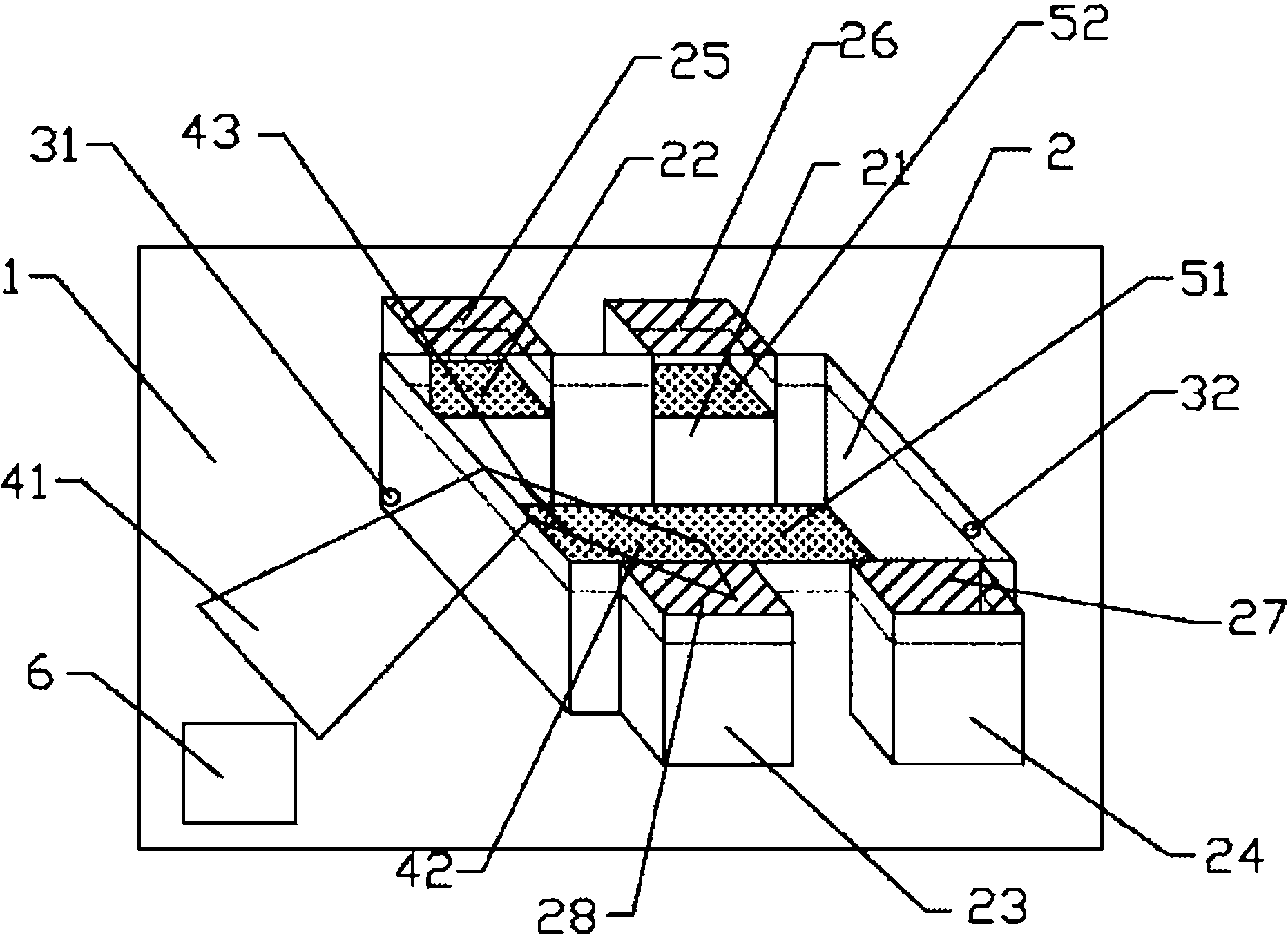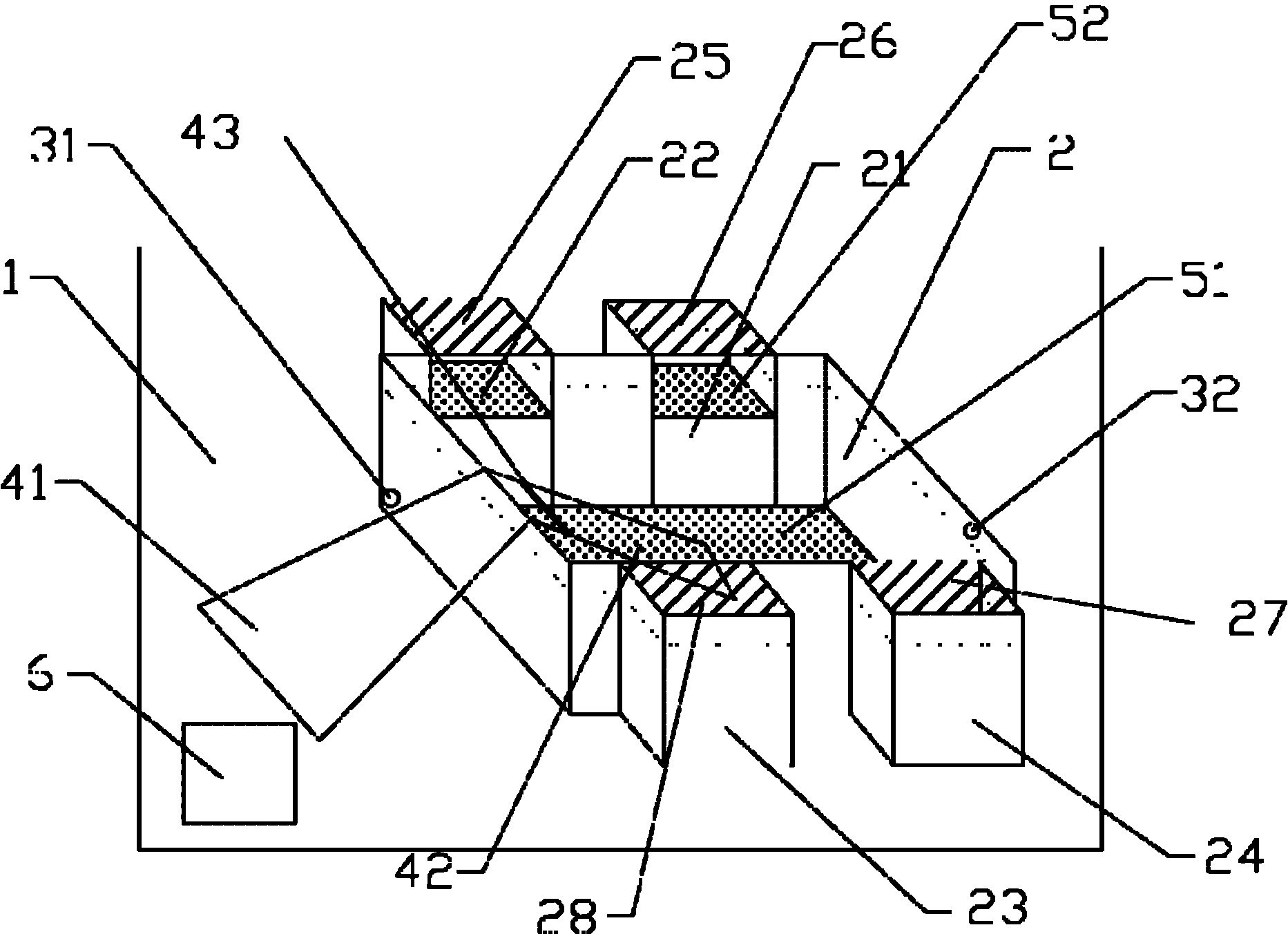Bionic breeding method of platysternon megacephalum
A breeding method and technology of ratites, applied in the field of animal breeding, can solve problems such as disability, infection, high mortality, and difficulty in mating and reproduction, and achieve the goals of reducing disability incidents caused by biting, improving breeding efficiency, and solving domestication problems Effect
- Summary
- Abstract
- Description
- Claims
- Application Information
AI Technical Summary
Problems solved by technology
Method used
Image
Examples
Embodiment 1
[0015] Such as figure 1 As shown, the imitation ecological breeding environment of the present invention includes the land 1 outside the culture pond 2 and the culture pond, the culture pond 2 is located in the middle of the culture environment, the area ratio of the area of the culture pond 2 and the land 1 is about 1: 3, and the culture pond 2 is located in the middle of the culture environment. The size of the pond is: long * wide * high=90cm * 55cm * 30cm, 4 tortoise nests 21, 22, 23, 24 are set around the breeding pond, and the size of the tortoise nest is long * wide * high=25cm * 15cm * 30cm , Movable cover plates 25, 26, 27, 28 are provided on the top of each tortoise nest, and the opening of the tortoise nest is towards the breeding pond 2. The bottom at culture pond 2 left sides is provided with drain hole 31, is provided with inlet hole 32 at the top of culture pond right side, is covered with the silt layer 51 of 2cm on culture pond 2 bottom surfaces (silt is 1 b...
PUM
| Property | Measurement | Unit |
|---|---|---|
| Thickness | aaaaa | aaaaa |
Abstract
Description
Claims
Application Information
 Login to View More
Login to View More - R&D
- Intellectual Property
- Life Sciences
- Materials
- Tech Scout
- Unparalleled Data Quality
- Higher Quality Content
- 60% Fewer Hallucinations
Browse by: Latest US Patents, China's latest patents, Technical Efficacy Thesaurus, Application Domain, Technology Topic, Popular Technical Reports.
© 2025 PatSnap. All rights reserved.Legal|Privacy policy|Modern Slavery Act Transparency Statement|Sitemap|About US| Contact US: help@patsnap.com


